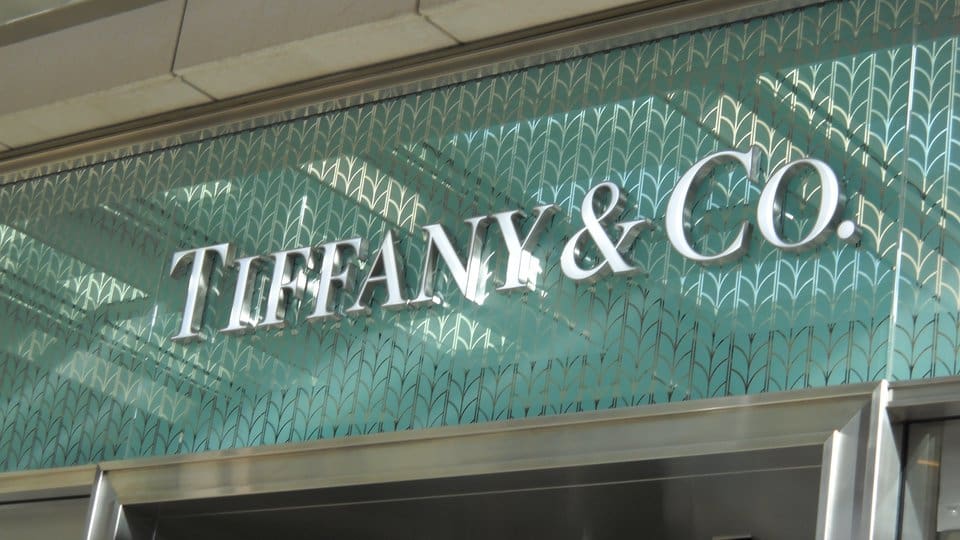As a Trump-led China trade war seems increasingly possible, brands with high exposure to Chinese consumers have reason to get nervous.

As a Trump-led China trade war seems increasingly possible, brands with high exposure to Chinese consumers have reason to get nervous.
He may not be pressing for an investigation against Hillary Clinton and his “great wall” along the Mexican border is no longer a top priority, but one campaign promise Donald Trump appears ready to follow through on for now is his vow to impose tariffs on goods imported from China. If this sparks a trade war, among the companies hardest-hit could be U.S. brands with a reliance on the Chinese consumer.
While Trump’s original proposal to impose a 45 percent tariff on China imports appears to have gone the way of his calls to “lock her up,” his signals that he will be following through on addressing trade policy toward China are especially strong. Unlike the wall with Mexico, labeling China as a currency manipulator is on the list for his first 100 days, while his appointment of China trade critic Peter Navarro to head a new National Trade Council shows that the focus of the council will certainly be China. While his incoming administration is now floating the idea of a tariff of around 5 to 10 percent, this has been enough to propel Chinese state-run media to warn of the imminence of a trade war, with Global Times penning an op-ed calling out specific U.S. companies that would lose sales in China, including Apple and Boeing.
While American tech companies are the sector most exposed to China in terms of revenue, discretionary consumer goods is the category with the second most overall exposure, according to JP Morgan. And among non-tech component companies, luxury brands are among the most reliant on Chinese consumers, including Tiffany & Co., Tesla, and Apple.
China’s high tariffs on imported goods have already been fueling a massive gray market for luxury goods in the country, which has prompted several brands such as Chanel and TAG Heuer to harmonize their China prices with those globally. If Chinese taxes on U.S. brands were heightened in retaliation to an American tariff on Chinese goods, European goods or those from other countries could have an even greater price advantage.
But if a trade war dents China’s growth and consumer confidence, which many experts worry about given China’s current shaky economic situation, no luxury brands would be immune from the fallout. The only “silver lining” that luxury might see from a trade war would be if China manages to hasten a shift from low-end manufacturing toward a more consumer-oriented economy.
China’s high tariffs have also spurred massive outbound Chinese tourist spending, which has been helped in the United States by the introduction of a new 10-year tourist visa for Chinese visitors. But if diplomatic relations sour, it’s unclear what could happen to Chinese tourism to the United States, as Chinese tourists’ travel patterns have been known to be affected by political conflicts—Taiwan and Japan are both recent examples. And that seems to be likely for now, as it’s more than just a trade war Trump seems to be after with China. His call with Taiwan’s president set an aggressive tone for relations between the two countries under his incoming administration.
In addition to tariffs, China’s state-run media has also been able to affect public perception of foreign brands—it has attacked Apple and Starbucks in the past. This is only one of many ways U.S. companies operating in China could face a harsher business climate in general. This could pose a problem with several U.S. casino brands that are also among the most exposed to China with major complexes in Macau, including Wynn, Las Vegas Sands, and MGM.
But there is one caveat to all this: the Trump brand also sees China as a big business interest, with a focus on opening hotels in China among other China connections. With his various conflicts of interest, it’s possible his moves could all just be seen as bargaining chips for his business interests. One thing that’s certain for business in the coming Trump era of U.S.-China relations is that there’s a great deal of uncertainty to come.
This article was originally published in Jing Daily.










